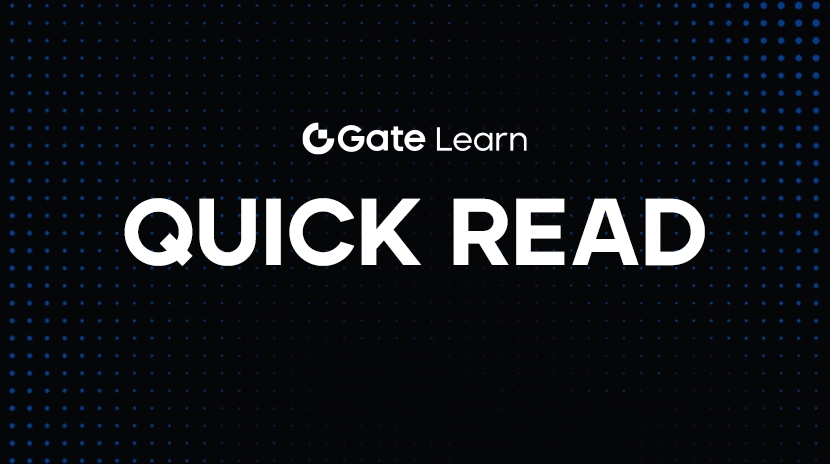What is CRO?一文讀懂 Cronos 網絡與代幣
什麼是 Cronos?

圖:https://whitepaper.cronos.org/
CRO 是 Cronos 公鏈 的原生代幣,是由 Crypto.com 支持的一個去中心化公鏈項目。Cronos 是一個開源、EVM 兼容的區塊鏈,使用 Cosmos SDK 和 Tendermint 共識引擎 構建,主打低交易成本、高速確認和綠色環保的網絡設計。
簡單來說,Cronos 的目標是爲 Web3 應用(如 DeFi、GameFi 和元宇宙)提供基礎設施,幫助下一代用戶進入加密世界。
CRO 代幣的作用與市場表現
CRO 是 Cronos 網絡的核心工具,在鏈上具有多重用途:
支付交易手續費:Cronos 鏈上的用戶用 CRO 支付交易費用,類似於 Ethereum 上的 ETH。
獎勵驗證節點:CRO 被用於激勵網絡驗證者維持鏈的安全性和高可用性。
生態系統支付工具:許多 DeFi、NFT 和 Web3 遊戲都將 CRO 作爲支付或質押資產。
值得注意的是,CRO 並不是參與共識的質押代幣,Cronos 使用一種專門的治理代幣在驗證者之間分配投票權。
2025 年 4 月 14 日,CRO 價格爲 0.086 美元左右,近期波動較大,請謹慎交易,注意風險。可在 Gate.io 現貨區交易 CRO,點擊連結進入:https://www.gate.io/trade/CRO_USDT

Cronos 的核心技術優勢

圖:https://whitepaper.cronos.org/
了解 “what is CRO” 的同時,也應該知道支撐它的技術框架:
EVM 兼容性:支持 Solidity 智能合約,方便以太坊應用快速遷移到 Cronos。
PoA 共識機制:結合了權威節點的高效性與 Tendermint 的安全性,兼顧性能與去中心化。
IBC 跨鏈通信協議:與 Cosmos 等其他區塊鏈實現無縫互操作,可以在鏈之間傳輸資產和數據。
低交易費與碳排放:相比以太坊主網,Cronos 的交易費用低至幾分錢,單筆交易的碳排放只有 ~0.005kgCO₂eq。
這些優勢讓 Cronos 成爲衆多開發者和用戶首選的區塊鏈之一。
Cronos 的生態系統
Cronos 的發展並非孤軍奮戰,它背後有完整的生態系統支持:
Cronos Labs:官方孵化器,提供技術指導、資金支持、市場推廣等服務。
Cronos Play:專爲 Web3 遊戲開發者設計的一整套工具包,支持 Unity 和 Unreal 引擎。
超過 500 個 DApp:涵蓋 DeFi、NFT、Metaverse、鏈遊等多個賽道。
開發工具完善:支持 Truffle、Hardhat、Web3.js、ethers.js 等主流工具,降低開發門檻。
這些生態組件共同構建了一個強大、可持續發展的 Web3 世界。
總結
CRO 是連接用戶與 Cronos 區塊鏈的核心橋梁,在推動 Web3 普及方面發揮着至關重要的作用。無論你是投資者、開發者,還是普通用戶,CRO 和 Cronos 都提供了進入加密世界的理想入口。
但 CRO 代幣距離價格高點 0.97 美元下跌較多,請謹慎參與投資,避免造成財產損失。
相關文章
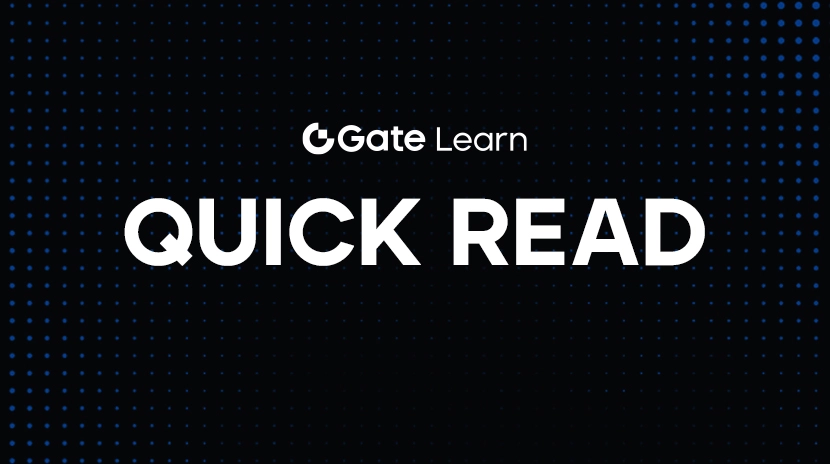
黃金價格走勢:市場焦點轉向鮑威爾演說
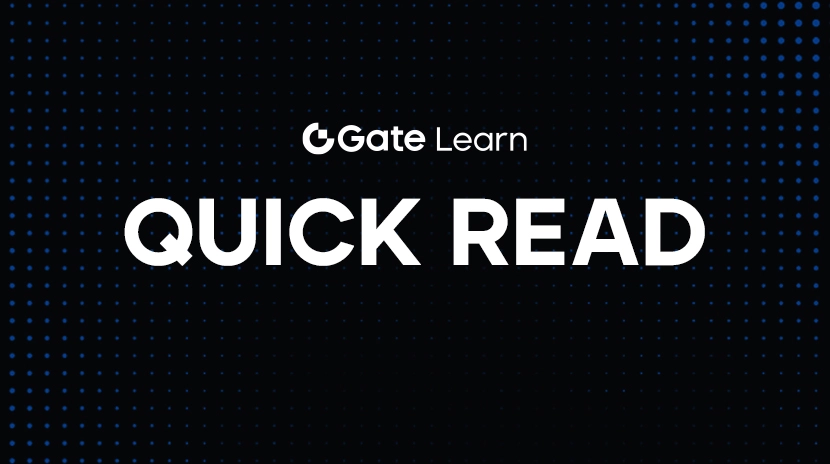
新手必讀:2025 年最新美債 ETF 推薦及策略
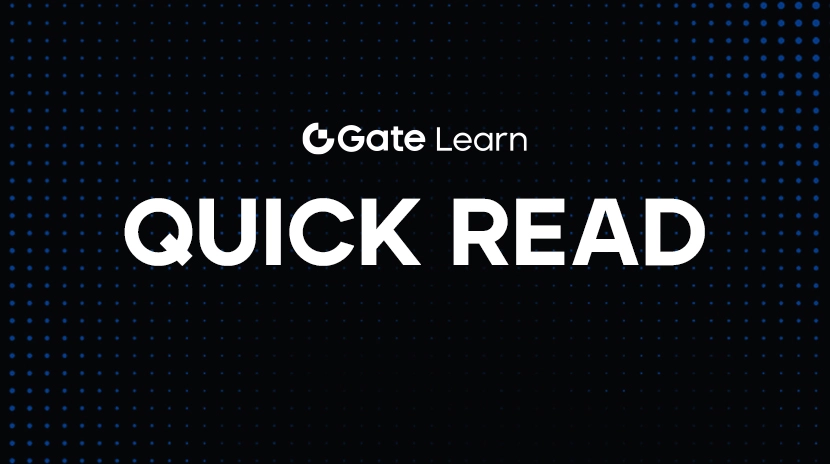
Nasdaq 100 指數最新動態與投資策略
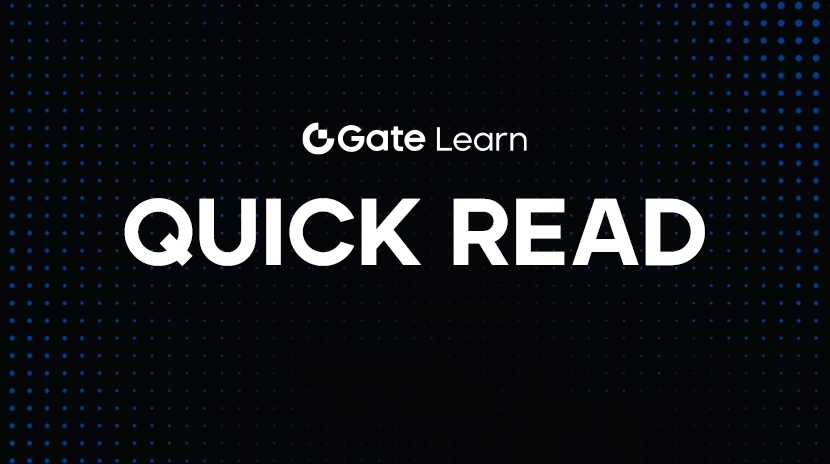
2025 年房屋稅新制全方位解析—政策修訂重點及納稅人因應對策

